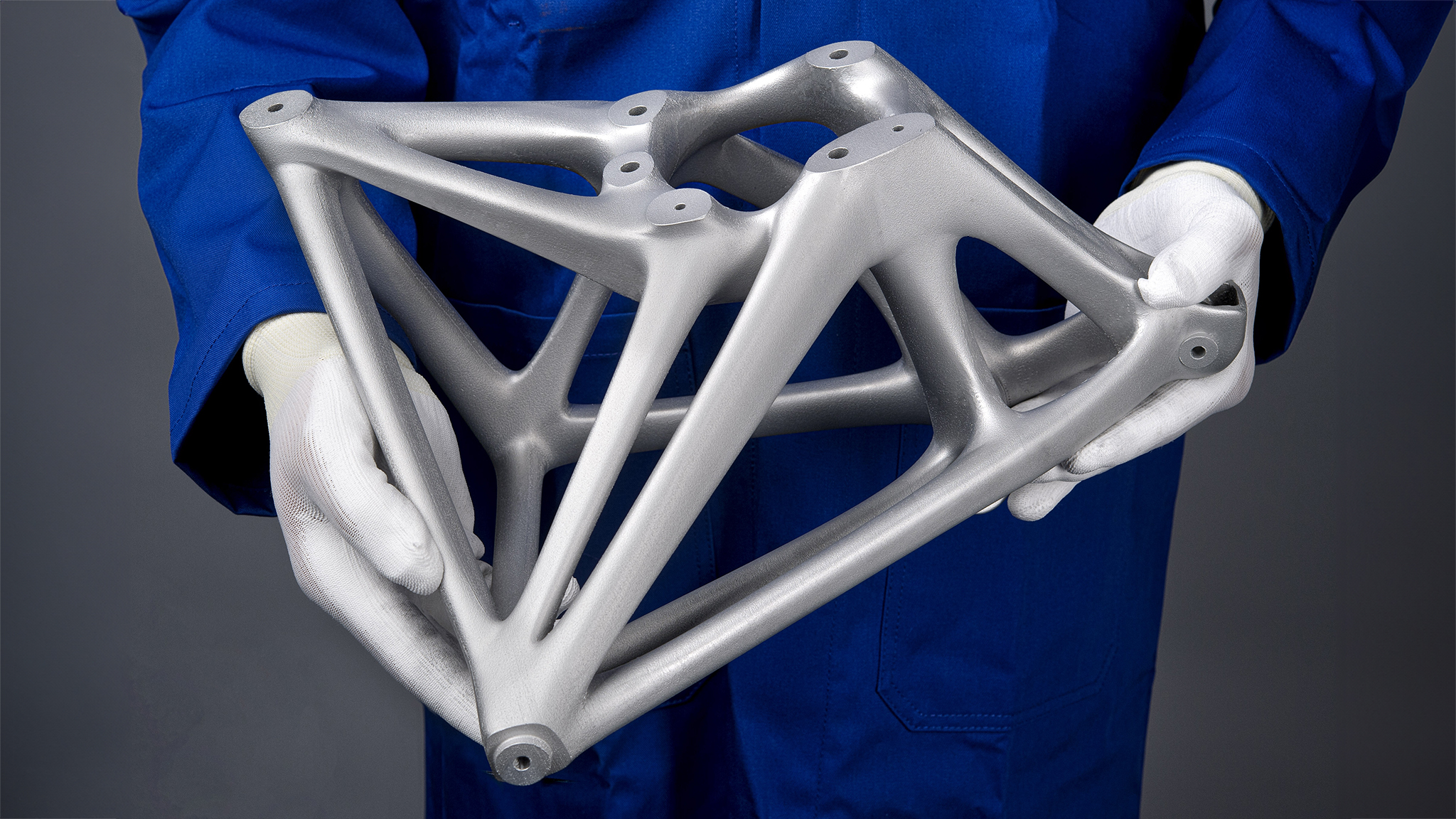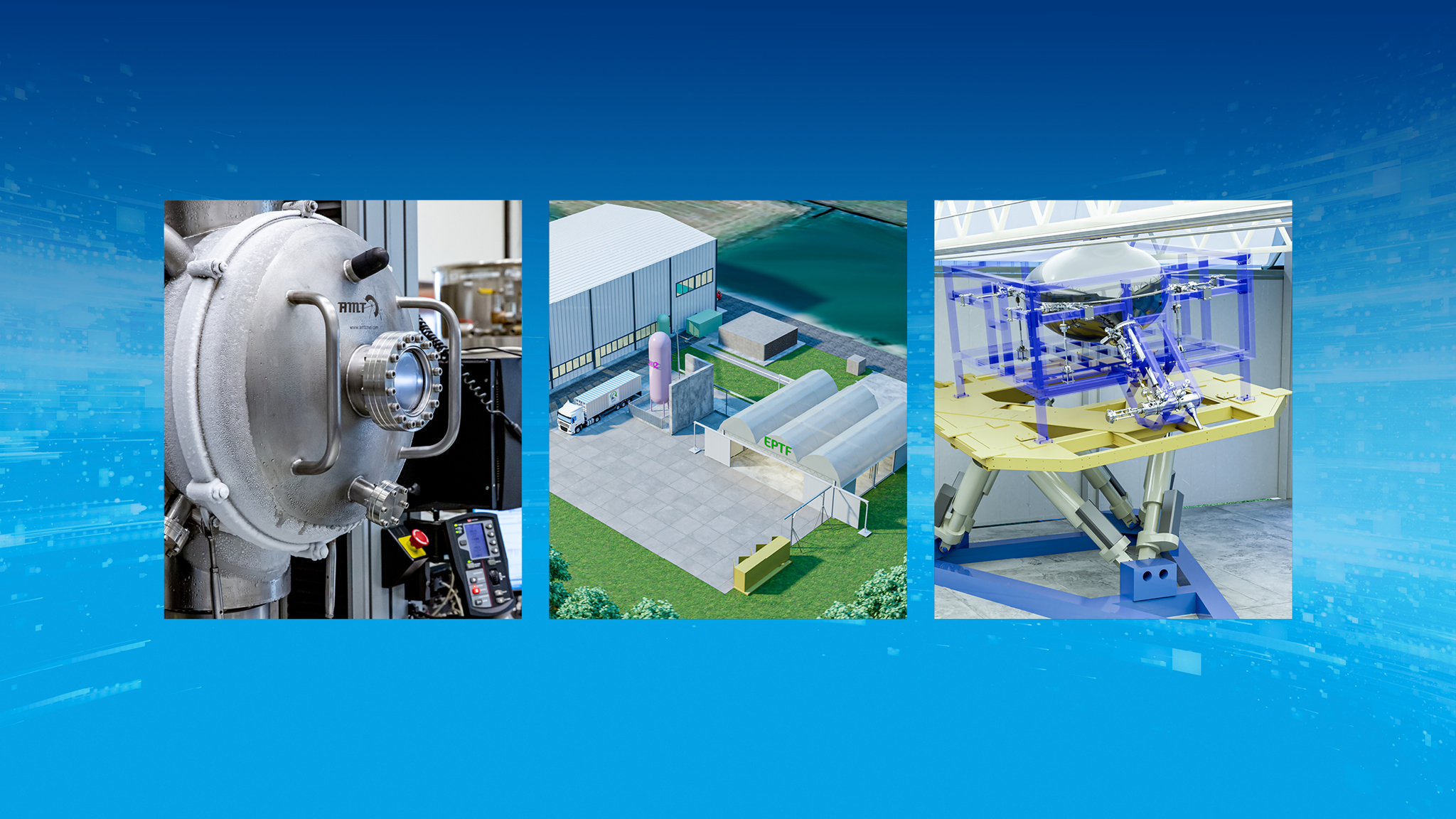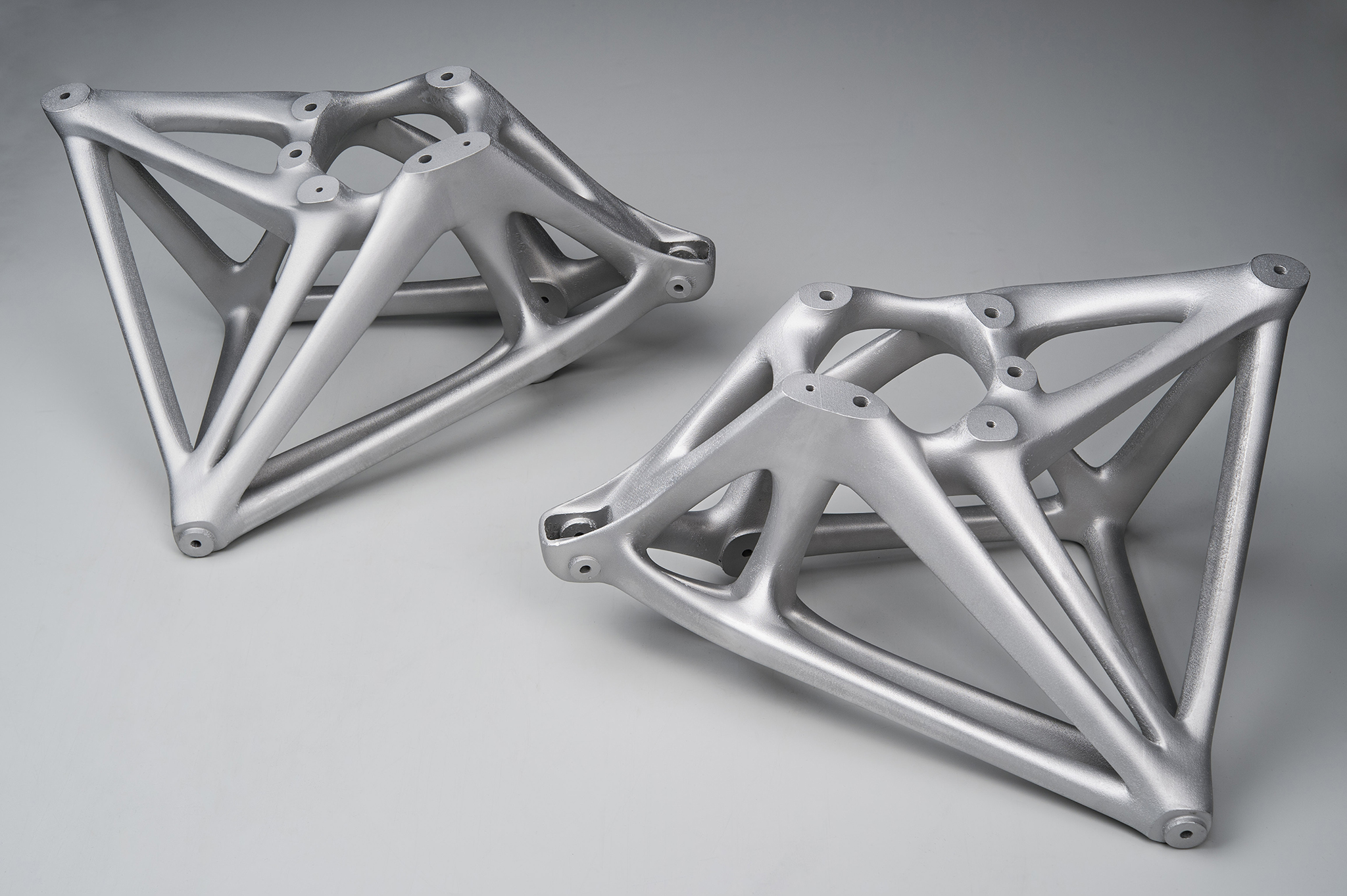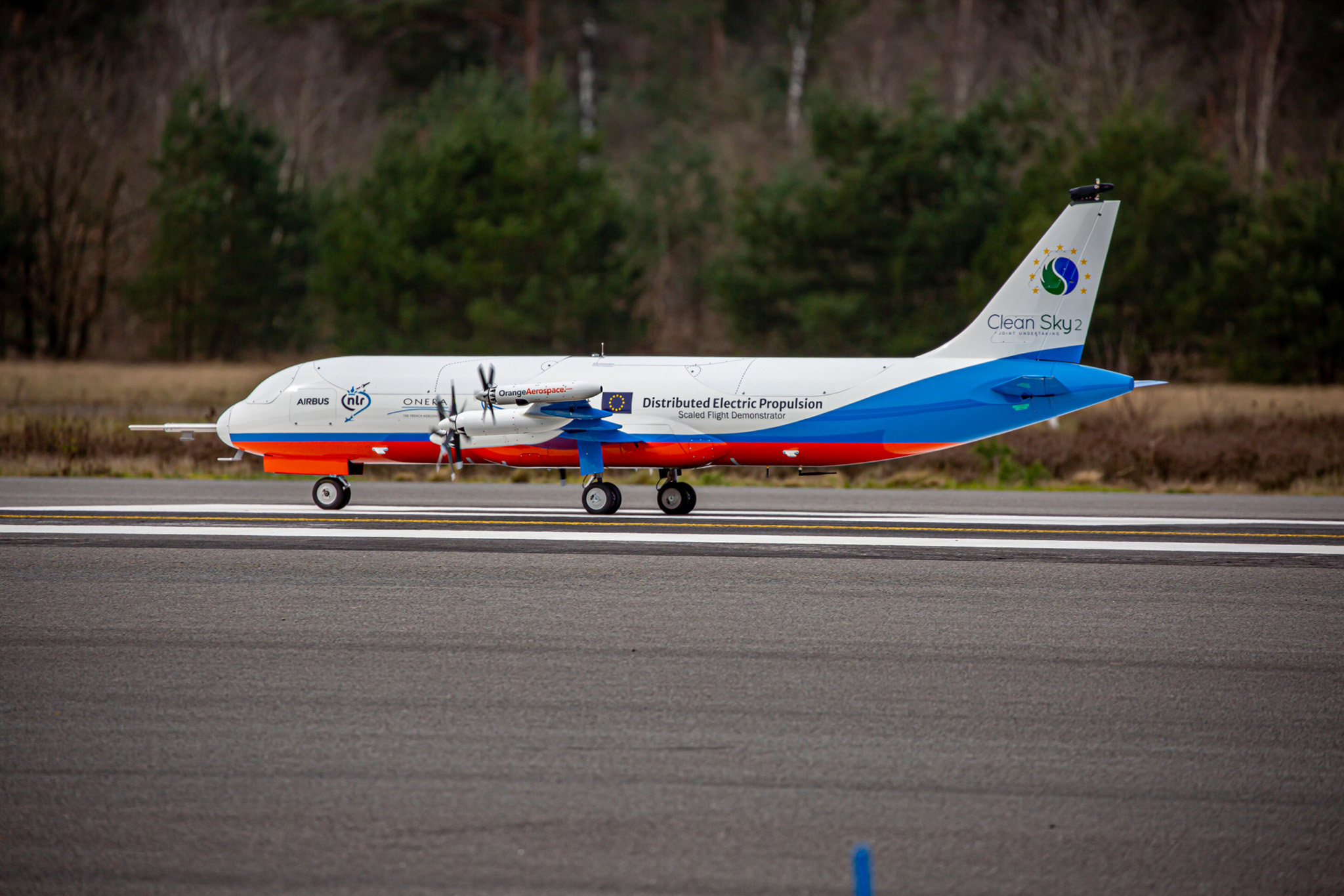Additive Manufacturing (AM)
In the last years, Additive Manufacturing (AM) has been established as the ‘hot’ technology for metal manufacturing in the aerospace sector. Its strengths and advantages have been highlighted many times for different applications and on a wide variety of use cases. One particularly relevant application of AM is the production of spare parts on-site and with a short lead time. This application is of particular interest for military operations, reducing the need for constant resupplying without compromising on the availability of assets.
At the Metal Additive Manufacturing Technology Centre (MAMTeC) of NLR, our experts have already been researching the on-site production of spare parts on the other AM technologies available at ACM3 facilities: laser powder bed deposition (L-PBD) and direct energy deposition (DED). To investigate new possibilities in this field, in 2020 MAMTeC expanded its range of technologies by adding Fused Filament Fabrication (FFF). Last year MAMTeC started a technological collaboration with Ultimaker, for the production of FFF parts, and with Xerion, for the sintering and debinding of the metal component out of the epoxy, supported by the Dutch Ministry of Defense (DMO).
Uwe Lohse, CEO and founder of Xerion Berlin Laboratories, explains the advantage of this way of 3D printing: “FFF is a very efficient technology and green as 100% of the metal powder is used, without waste on the supports or contamination in the powder bed.” In particular, the investment in the Xerion Fusion Factory Compact system is an addition made possible by NLR, in collaboration with DMO and TNO, in favour for all parties working at MINDbase, including MARIN.
Collaboration
As all Dutch research institutes, NLR has a long track record of projects for DMO. Nonetheless, together with TNO, MARIN and DMO, NLR committed itself to the MINDbase, supported by the NLR Living Lab team, represented at MINDbase by Werner van ‘t Hull, R&D engineer at NLR.
Hans Kuijper, Head Innovation center DMO/MIND Dutch MOD, highlights that the importance of cooperation is big: “Only by combining each other’s strong points, developments can happen in an efficient and right-first-time way. Especially in the field of 3D printing, which is exploding with technologies and products, it is important to share knowledge and facilities to keep the learning curve as steep as possible in order to implement products which are fulfilling the needs. ”Next to this, Hans says: “The important characteristic for a lot of military applications the focus is more towards ‘almost ready to use’ products which are able to withstand being transported in a tank or on rough terrain, and products which can be fixed in any circumstance.” With this in mind, NLR started investigating what AM solutions would be most suitable for the needs of DMO.
Fused Filament Fabrication
Timo Osinga, R&D engineer at NLR, is responsible for the research on FFF. He states: “Defence applications are focused on quick solutions, which are good enough to keep the asset in use, without the need of being perfect. 3D printing technologies, though still working hard to get to the high level of perfections, quality and safety required for the civil aerospace market, may be good enough to produce spare parts for military assets in use in combat or operation zones, where it is simply not possible to wait for a spare part to be shipped in. Therefore additive manufacturing has captured the attention of DMO to support the on-site production of spare parts. What DMO needs is to support to identify the best technologies and products for their goal. MAMTeC expertise is an added value in this quest”.
“I describe the system as unique”, as Uwe explains the specific choice for the Xerion Fusion Factory Compact system. “Especially as the debinding and the sintering phases are included in one machine, being very robust and compact, only requiring 1 square meter of space. Next to that it’s designed to be used in hazardous and harsh environments. On top of that, the system can be transported by crane, as it also has a robust design for the control unit”. The system allows for a wide range of materials (metals and ceramics), which is an advantage for on-site repair parts.
“To answer the need of DMO, Xerion and Ultimaker turned out to be a very promising combination, given the choice of materials and the compactness and robustness of both systems”, Timo adds. “With this set-up we have already been able to manufacture parts of limited size, but fully functional. Now the ambition is to investigate the possibilities for bigger parts and to develop models which would allow to determine before the print the final shape, to avoid possible deformations and ensure a first-time right print.”



